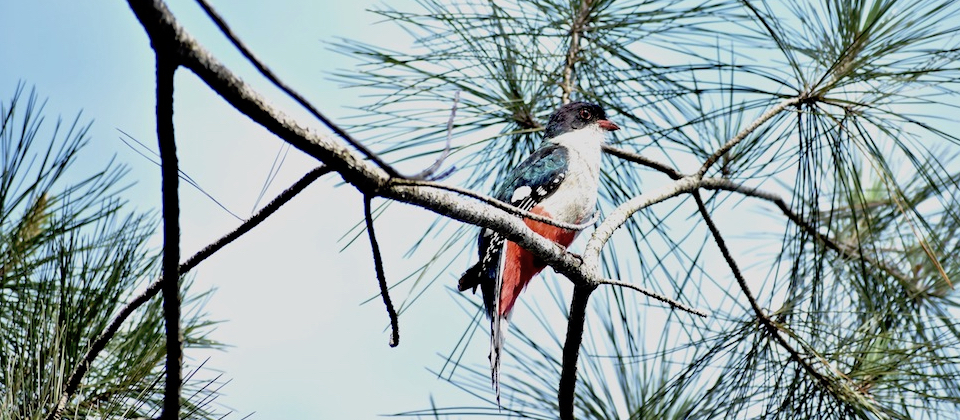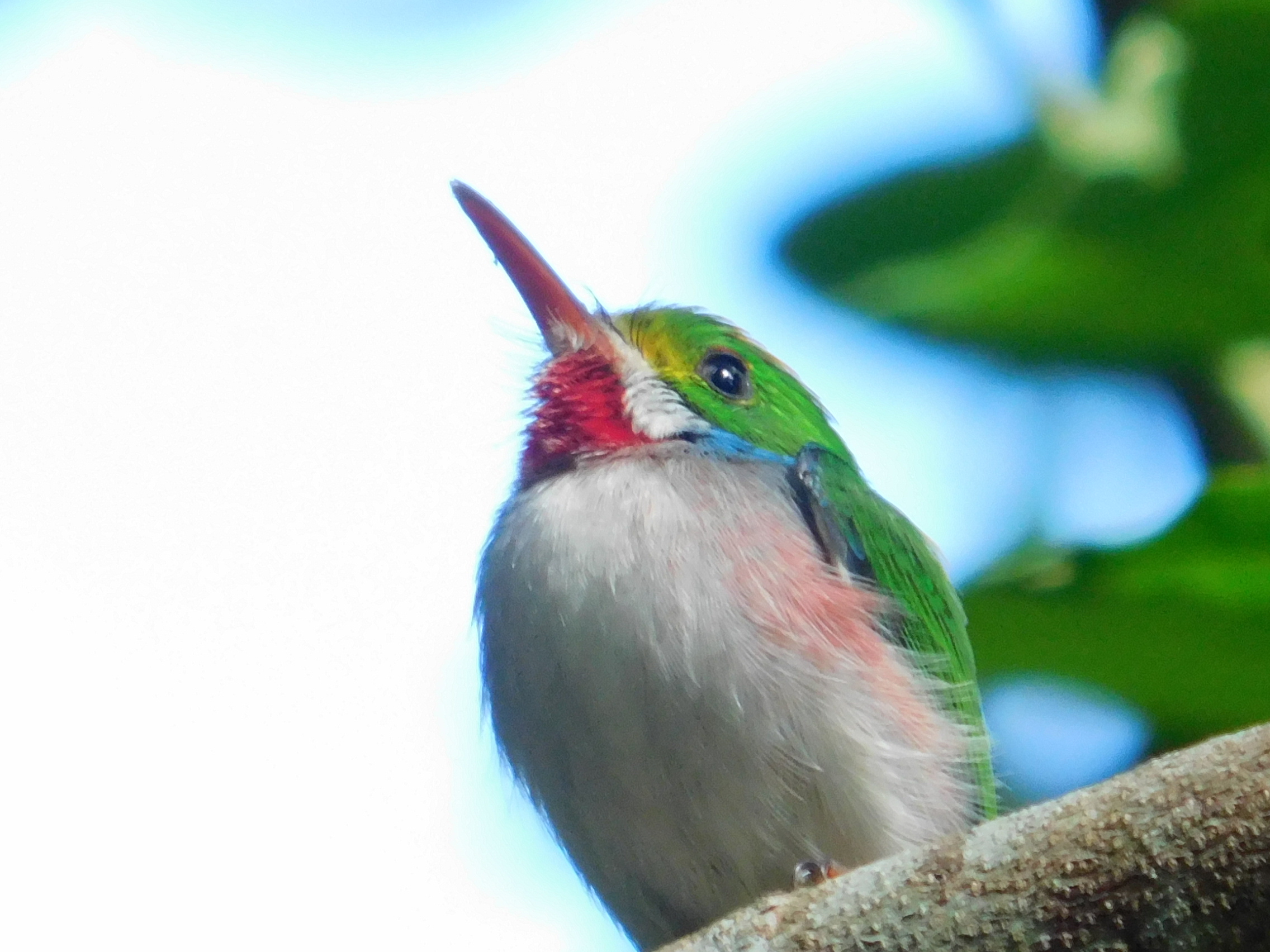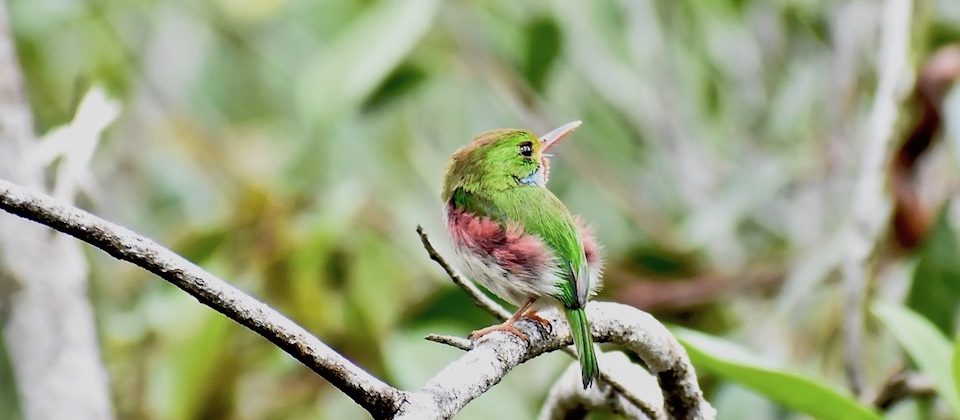Have you ever imagined a place where vibrant vistas and melodies of chirping birds create an unparalleled symphony of nature? If you’re considering an adventure steeped in stunning landscapes and avian wonders, bird watching in Cuba might just be the getaway you never knew you needed. This island, often celebrated for its rich culture, stunning cities, and beautiful beaches, is also a paradise for bird enthusiasts.
An Overview of Cuban Birdlife
Cuba’s unique geography makes it an ideal habitat for a diverse range of birds. The island boasts various ecosystems, from coastal mangroves to lush forests and mountainous terrains. Each area hosts a different range of species, making your bird watching experience rich and varied.
The Avian Diversity
In Cuba, you can encounter more than 350 bird species, with about 26 endemic species that are only found on the island. This situation offers an intriguing blend of common and rare sightings. The best part? Many of the local birds are known for their stunning coloration and fascinating behaviors.
Highlights of Birding in Cuba
When it comes to birding hotspots, you won’t be short on options. From sanctuaries to lush mountain ranges, accessible spots abound.
| Popular Birding Locations | Key Features |
|---|---|
| Zapata Swamp | Home to the Cuban endemic birds and rich biodiversity. |
| Sierra de los Organos | Features mountainous terrain ideal for various bird species. |
| Viñales Valley | Known for its limestone hills and unique flora and fauna. |
| Jardines de la Reina | Offers spectacular marine bird life, including pelicans and flamingos. |
| Alejandro de Humboldt National Park | A UNESCO World Heritage Site teeming with various endemic and migratory birds. |
The Best Time for Bird Watching in Cuba
Timing is crucial when it comes to maximizing your bird-watching experiences.
Seasons to Consider
Cuba enjoys a tropical climate, which influences its bird life. The best times to visit depend largely on whether you’re looking for endemic species or migratory visitors.
- Winter (December to February): This is peak season for birding, as various migratory species arrive on the island, creating more opportunities for sightings.
- Spring (March to May): A great time to catch endemics and migrants, the conditions are generally favorable.
- Summer (June to August): While it’s hot and humid, you can still spot many resident birds, though fewer migrants may be around.
- Autumn (September to November): This season often sees a lull, but as temperatures cool, it’s an excellent time for migration, especially for shorebirds.
Considering Various Weather Conditions
Cuba experiences a wet season and a dry season, with the dry season being more preferable for bird watching due to drier trails and easier visibility. Those keen on trekking through natural habitats should note that rainy weather can sometimes lead to more exciting active bird life.

This image is property of i.ytimg.com.
Essential Bird Watching Gear
Having the right equipment can make or break your bird watching experience in Cuba.
Binoculars
Investing in a good pair of binoculars is vital. You want something lightweight yet powerful enough to bring the smallest details into focus. Look for binoculars with a magnification of at least 8x.
Field Guide
You’ll benefit from a field guide that details the birds of Cuba. This will not only help you identify what you see but also enhance your understanding of their behaviors and habitats.
Notebooks and Cameras
Documenting your experiences is part of the fun! A notebook to jot down your sightings and experiences, plus a camera to capture the moment can make your adventure even more memorable.
Respectful Birding Practices
Being mindful of the environment and local wildlife is crucial. Always maintain a respectful distance from birds and their habitats, never encroaching on their space or disturbing their natural behaviors.
Notable Bird Species in Cuba
While you’ll encounter many fantastic birds, a few stand out among the rest due to their endemism or rarity.
Cuban Tody (Todus multicolor)
The Cuban Tody is a small, colorful bird that’s often considered one of the most beautiful of Cuba’s species. Its vibrant green, red, and yellow plumage makes it a delight for birdwatchers. You can often find it in low-lying forests, flitting about as it hunts for insects.
Cuban Flamingo (Phoenicopterus ruber)
With its iconic pink hue and long legs, the Cuban Flamingo is a stunning bird you can find in marshes and coastal areas. Witnessing these graceful birds in their natural habitat brings joy to even the most seasoned birders.
Bee Hummingbird (Mellisuga helenae)
As the smallest bird in the world, the Bee Hummingbird is a bizarre and captivating find. These tiny creatures are often flitting about tropical flowers. You’ll likely spot them in gardens and coastal areas where flowers are abundant.
Cuban Blackbird (Dives atrocapillus)
The Cuban Blackbird is easily recognized by its striking yellow eye and glossy black feathers. It’s a common bird found in urban areas, and its unique calls can often be heard echoing through Cuban neighborhoods.
Greathorned Owl (Bubo virginianus)
Nighttime birding can yield fascinating results, especially when you encounter the imposing Great Horned Owl. Standing tall with striking tufts, these birds add an air of mystery to your nocturnal adventures in the wild.

This image is property of villaparadisobaracoa.com.
Bird Watching Etiquette
As you embark on your bird-watching journey in Cuba, keep in mind the importance of etiquette, both for the birds and fellow watchers.
Respect Wildlife
Always remember that you are a visitor in their habitat. Avoid making loud noises or sudden movements that could frighten the birds. Enjoy the experience quietly and patiently.
Stay on Trails
Being on marked trails helps protect not only the local flora and fauna but also helps prevent unnecessary disturbances to the ecosystems you are visiting.
Share Your Knowledge
If you’re with a group or encounter other bird watchers, sharing insights can foster a sense of community. Discussing what you see and learn can enhance everyone’s experience.
Clean Up After Yourself
Take responsibility for your trash. The beauty of birding in Cuba can be enhanced by preserving its pristine environments.
How to Get There
Planning your travel to Cuba is a great start. Here’s a simple outline of what you might consider.
Flights
Numerous airlines connect travelers to Cuba. Depending on your departure location, you may have direct flights or need a connecting flight. Havana’s José Martí International Airport is the main gateway into the country, but consider other airports like Santiago de Cuba or Varadero based on your itinerary.
Transportation Within Cuba
Once you arrive, navigating Cuba can be a bit of a challenge, but part of the experience is embracing this unique environment.
- Rental Cars: Renting a car is an option, but driving can be tricky due to road conditions and unfamiliar rules.
- Public Transportation: Buses and shared taxis called “collectivos” are common ways to get around.
- Guides: Hiring a local guide can be an excellent decision for bird watching, as they can show you the best spots and help with identification.

This image is property of simplycubatours.com.
Local Culture and Bird Watching
Cuba is rich not only in avian life but also in culture, and learning more about it can enhance your birding experience.
Looking Beyond the Birds
When you combine your passion for birding with an interest in Cuba’s unique traditions, music, and art, you create a multifaceted experience. Don’t hesitate to engage with locals; their narratives about the land and its wildlife can offer valuable insight.
Festivals and Events
If your visit coincides with local festivals or events, join in! Many involve traditional music and dance, providing a glimpse into Cuba’s vibrant culture while sharing common ground with fellow bird watchers.
Conclusion
So, have you packed your binoculars and field guide yet? Bird watching in Cuba is not just a hobby; it’s an exhilarating way to immerse yourself in the island’s natural beauty and culture. The diversity of avian species, combined with the striking landscapes, makes every outing an adventure. You might discover a new favorite bird, meet like-minded enthusiasts, and create memories that last a lifetime.
Allow the essence of Cuba—the sights, sounds, and camaraderie—to captivate you and add an enriching layer to your journey. Through the lens of your binoculars and the pages of your field guide, you’ll find more than just birds; you’ll uncover the magic that makes Cuba a true paradise for nature lovers.

This image is property of villaparadisobaracoa.com.

